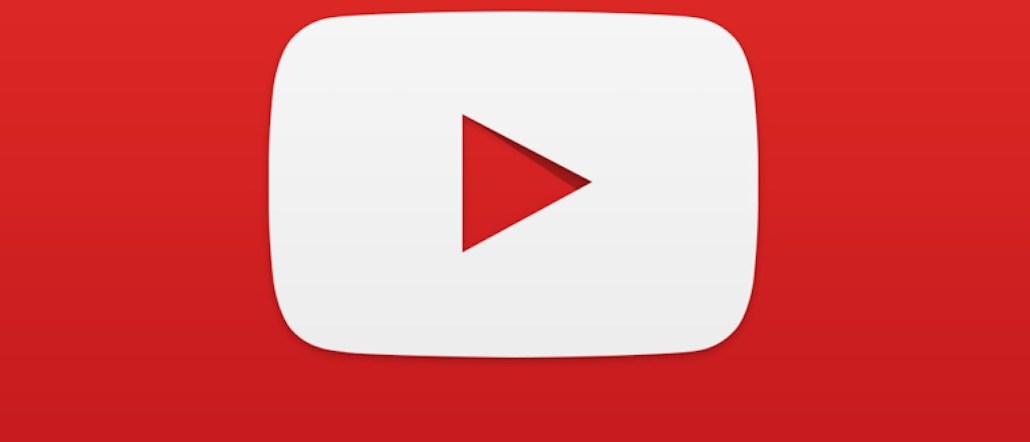Register by Jan 13 to save on passes and connect with marketers from Uber, Bose and more

YouTube is jumping on the vertical video bandwagon.
Yesterday, the platform released updates for iOS and Android devices that plays vertical videos full screen — which is how Snapchat messages appear. Vertical videos were previously shrunk and bordered with two black bars creating a less than desirable viewing experience. (A before and after can be seen below.)
YouTube’s endorsement of vertical videos is a big deal. Despite some pleas from the Internet, people will instinctively shoot video vertically instead of awkwardly flipping their phone horizontally. The vertical video revolution is being pioneered by Snapchat founder Evan Spiegel who is emphasizing the format claiming that people are nine times more inclined to engage with vertical videos than horizontal videos.
Still, not everyone is on board the S.S. Vertical Video ship. An unnamed agency creative told Digiday last month they “hated” the format because it’s unnatural. “There’s no art to it. It’s haphazard,” they complained.

The refreshed apps are the cornerstone of YouTube’s strategy of focusing on mobile. YouTube CEO Susan Wojcicki said at VidCon Thursday that “more than half” of views are originating on mobile devices and mobile revenue increased 100 percent year over year. YouTube said its early testing of 360-degree video ads, like this one Coca-Cola Mexico, have been outperforming regular ads by 36 percent, so expect more of those too.
More in Media

Why publishers are building their own creator networks
Publishers are forming creator networks to regain control, combat traffic declines, and reach audiences shifting toward influencers.

The accidental guardian: How Cloudflare’s Matthew Prince became publishing’s unexpected defender
Cloudflare’s day job is fending off botnets and nation-state cyberattacks, not debating how Google and other AI firms crawl publisher sites.

A timeline of the major deals between publishers and AI tech companies in 2025
Here’s a list of all the major deals signed between publishers and AI tech companies in 2025.





